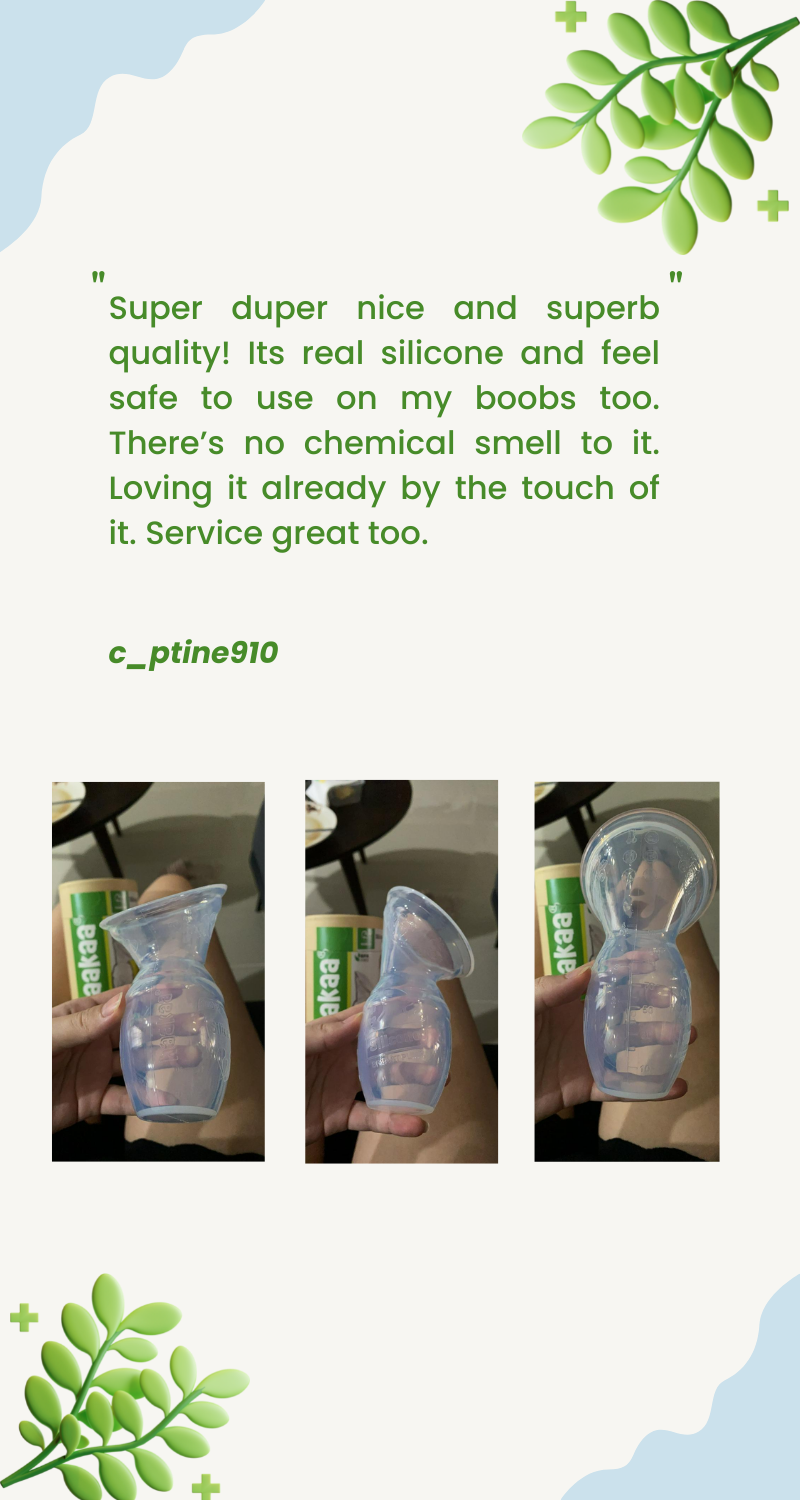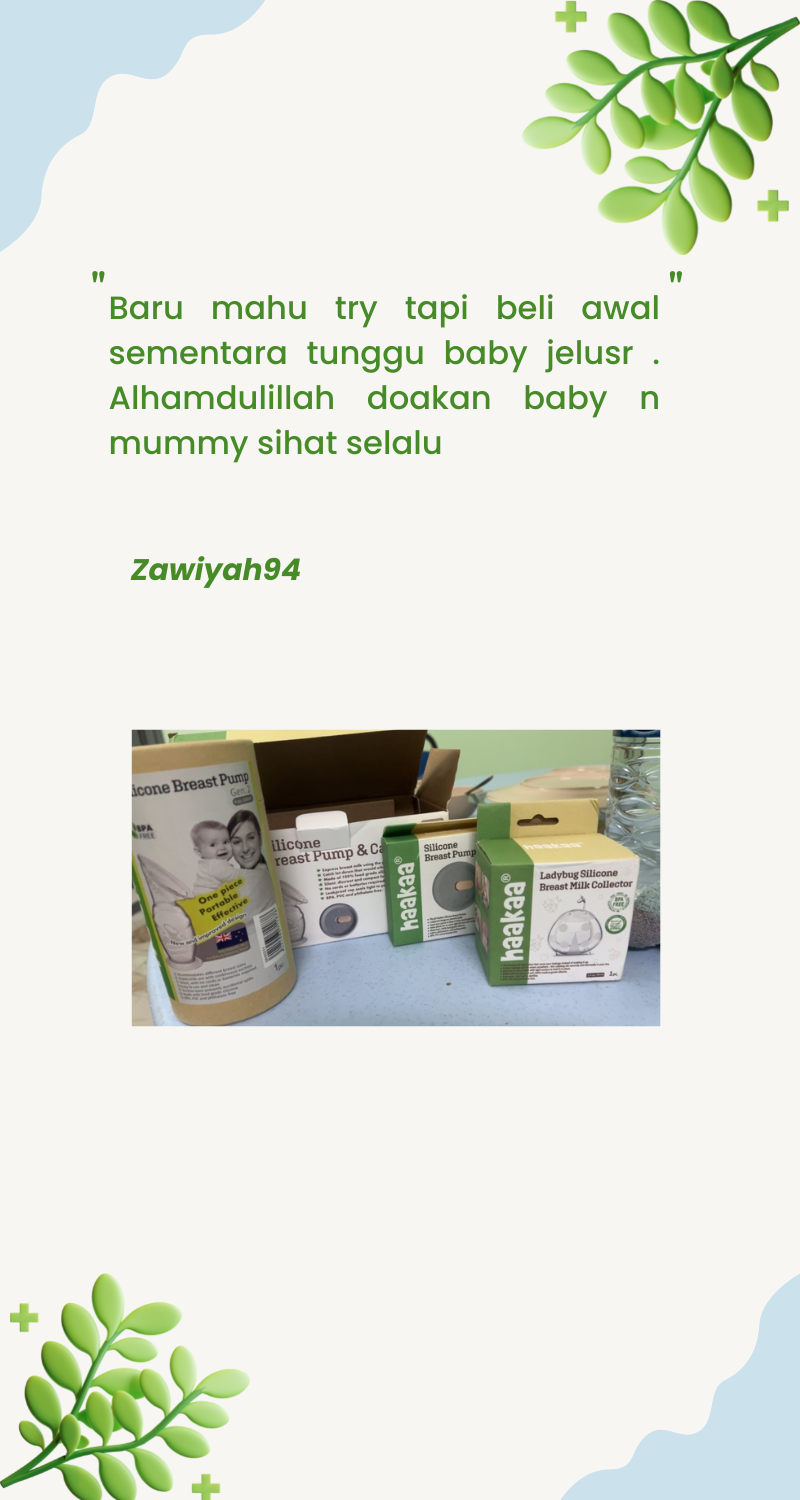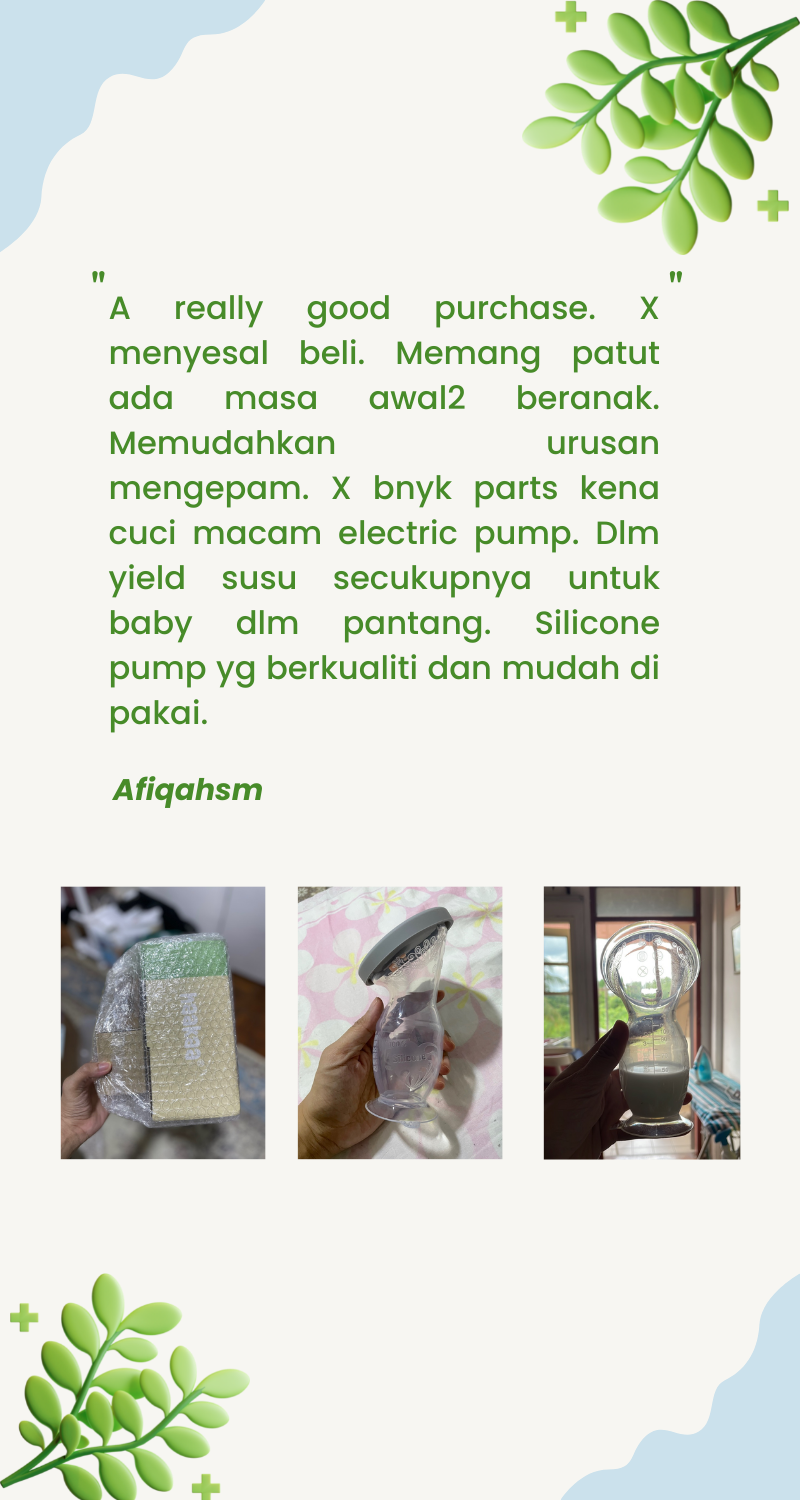What Is The Difference Between Foremilk And Hindmilk?

Aliza Carr is a midwife and mental health specialist, who founded the online platform Bumpnbub to educate, support and connect new parents.
Mamas, if you have been breastfeeding for a while, you would have likely seen how your breast milk changes colour at different times. Did you notice how the composition and colour changes from the early days of feeding? Or did you even see the change in your milk from the beginning of a feed to the end?
Let’s chat through the different compositions of breastmilk!
Colostrum: In the first three to five days after birth, mamas will produce colostrum. This is the first breast milk. Colostrum is generally very thick and has a yellow/orange colour to it. Although babies don't need much of it in those first few days, it is incredibly nutrient-dense and packed full of antibodies to protect your little one’s gut!
Transitional Milk: Normally between day 3-5 post-birth, your milk transitions from colostrum to 'milk'. This breast milk is much higher in volume than colostrum. During this (approximate) two week transition period, the colour of breast milk typically changes from being thick and yellow to being white and much thinner, with a higher volume content, for your growing baby.
Mature Milk: After about two to four weeks, your breast milk reaches its mature stage. This composition of milk won't change too much unless you or your baby gets sick (in which your body will develop an immune response and increase the white blood cells in your milk, amazing hey!). The most significant changes are from birth to this stage. Depending on the fat content of mature milk, it may appear slightly different to transitional milk.
Other colour changes in breast milk:
Some mamas will notice a slight red tinge in their milk if they have any nipple damage that has caused slight bleeding. Other things such as certain foods, supplements and herbs can also alter the colour of your milk! This is completely normal. However, if you are ever concerned about the colour of your milk, you can simply consult your GP or lactation consultant.
Now let’s chat about foremilk and hindmilk!
>This topic can often confuse mamas, so let’s break it down a little bit.
Although there are two different names, foremilk and hindmilk, both of these make up the composition of breast milk. When feeding, there isn’t a clear point of division between them when one turns to the other, and both are nutritionally important for your baby.
Foremilk is generally higher volume but lower in fat whereas hindmilk typically has a higher fat content and a lower volume. If you have not pumped before this might be something you never even noticed, which is 100% fine. Our bodies are amazing at taking care of our babies!
The concepts of foremilk, hindmilk and if bub is getting the correct amounts of each can sometimes create anxiety in women, but this is very rarely an issue. As long as bub has full feeds at some points during the day, this is completely fine and will even out with regards to shorter feeds or pumped milk. The overall breast milk consumed daily, including bub’s weight gain and wet nappies, is what’s important as considered by most health professionals.
When using the Haakaa Silicone Breast Pump...

The Haakaa Silicone Breast Pump was originally designed as a manual pump for mums, but can also be used as a tool to catch let-down. When we breastfeed from one side, we generally have a let-down from the other breast - though this milk is often wasted in a breast pad or your bra. The Haakaa pump is perfect for capturing this to make sure it doesn’t go to waste. Simply pop on your pump at the beginning of a feed for a few minutes to catch your precious liquid gold! Once your initial let-down has slowed, you can then remove your pump. You will likely capture mostly foremilk in these first couple of minutes (which is 100% fine!). If you want to use the pump to empty the breast, simply leave on until the breast is drained (usually about 10-12 minutes) to get both fore and hindmilk. ????
Some ideas for using the precious let-down you capture:
- Start a freezer stash (always good to have a backup supply of stored milk!)
- Give to bub to top them up after a feed
- Use when cooking for your bub if they have started solids e.g. in porridge or pureed fruit
- Give bub a breastmilk bath - women swear by this for any skin irritations for your baby!
Of course, with any breastfeeding concerns, we recommend you see a lactation consultant or your health professional to discuss your personal circumstances with them.







